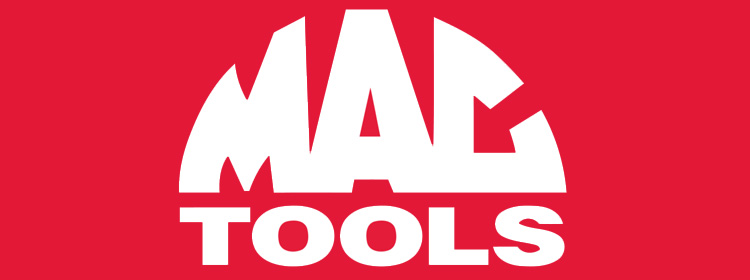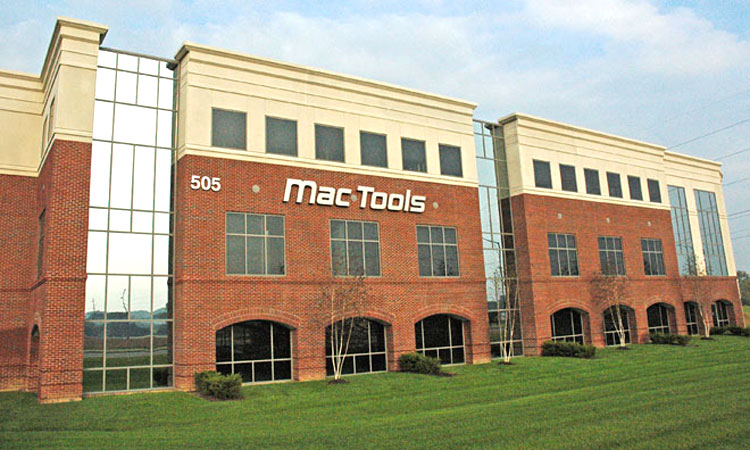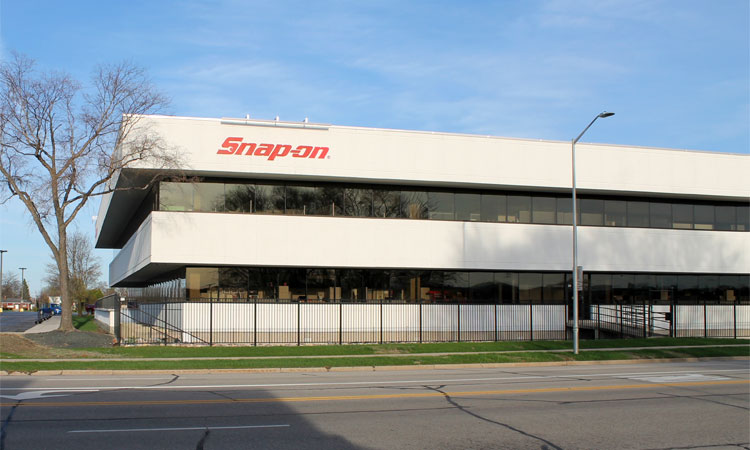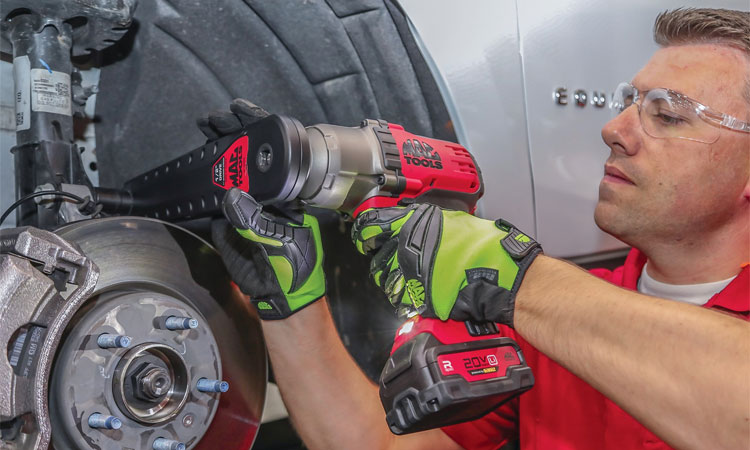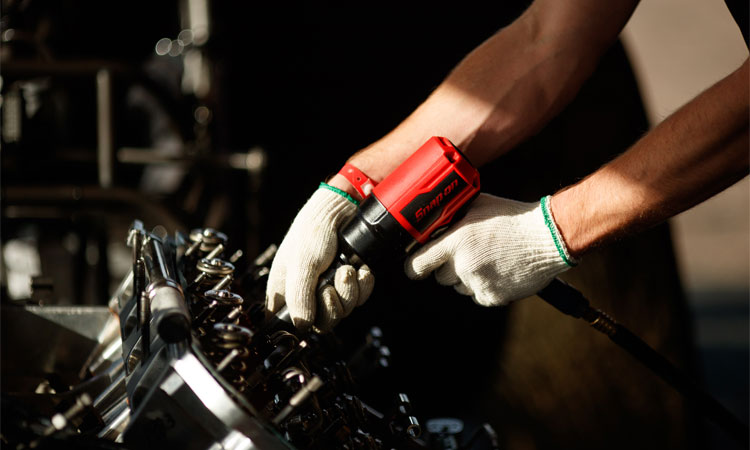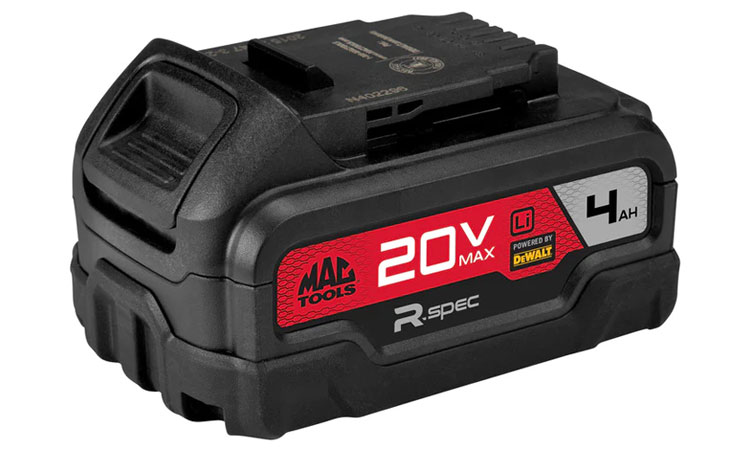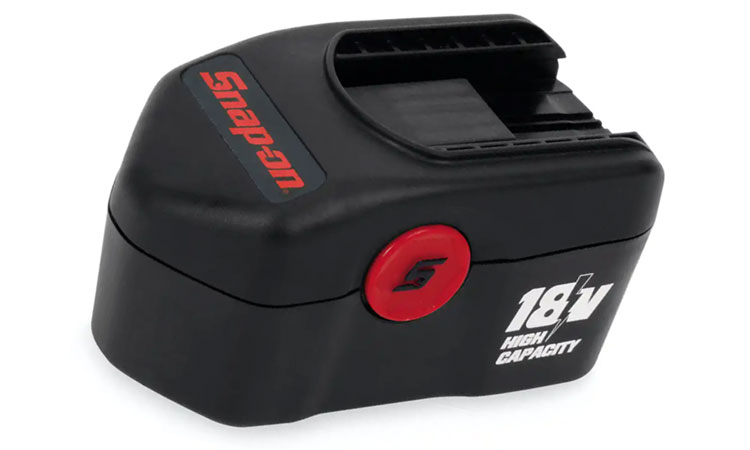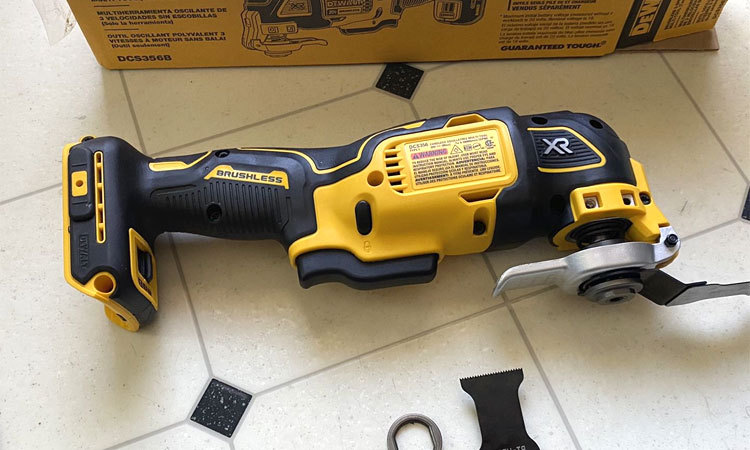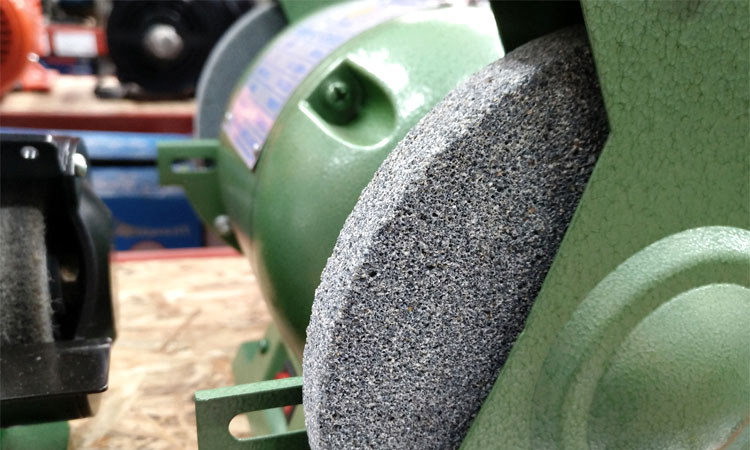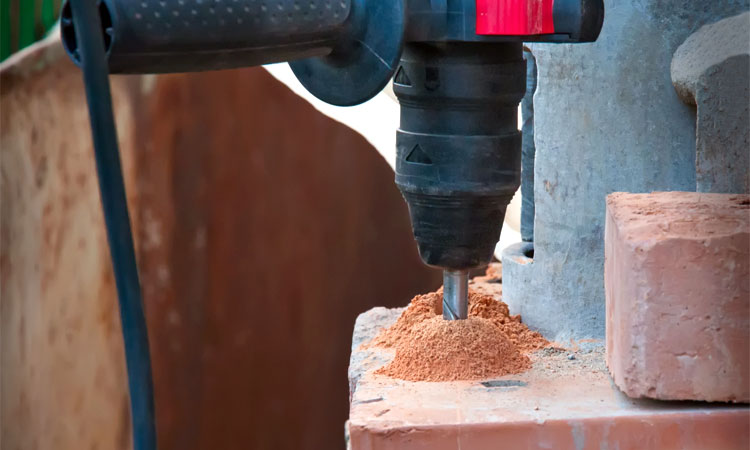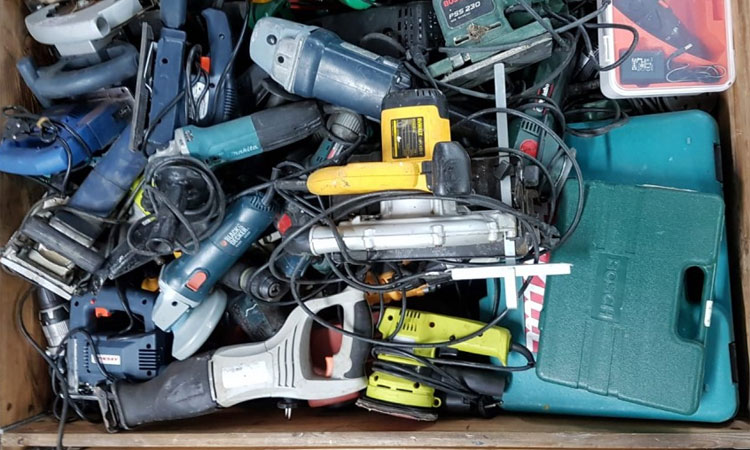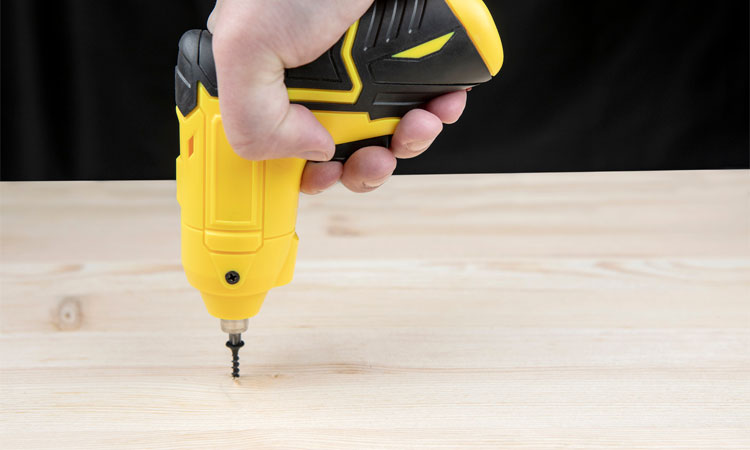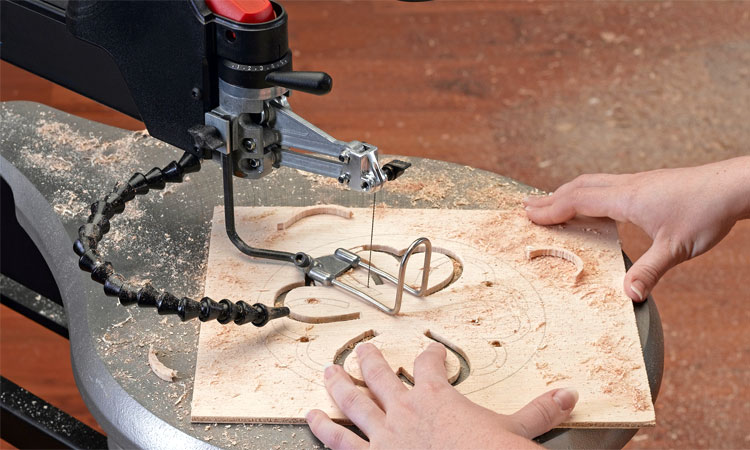Mac vs Snap-On (Which is Better?)
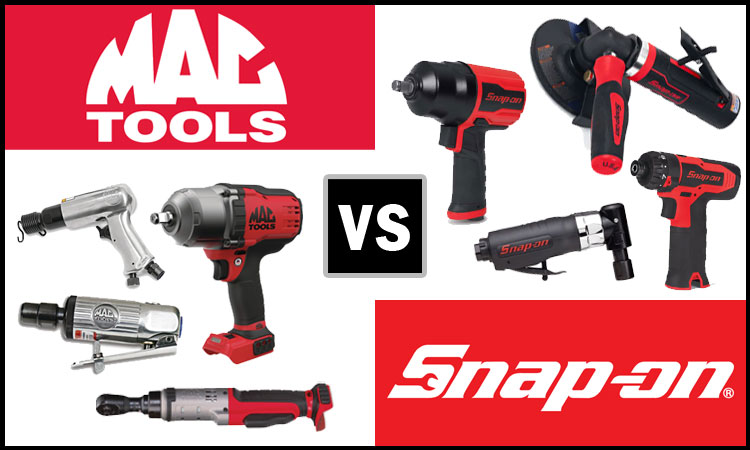
No matter which professional shop you find yourself in, mechanics will always make a case for their preferred brand of premium tool. With a number of tool trucks making their weekly rounds, the average tradesman actually has several brands at their disposal, to consider.
However, deciding how best to spend your hard earned cash is often far more difficult than one might assume.
This often leads tradesmen and industry professionals to compare two or more of the most prestigious tool brands at any one given time, in a bid to determine superiority. Of these brands, perhaps none are bigger than Mac Tools and Snap-On, each of which carries an unshakable legacy of excellence.
We have assembled the following guide to provide consumers with the necessary information to make an informed purchasing decision when attempting to choose between Mac Tools and Snap-On. As such, you, the customer, can make the most out of your investment and prevent aggressive buyer’s remorse.
The following is a side-by-side comparison of Mac and Snap-On tools, based upon a range of valuable criteria.
History
Mac and Snap-On have both shown many successes over the years. Even though Snap-On’s history predates Mac’s, each of these manufacturers have proven they can produce, and offer nothing but the most premium of products.
The following is a brief history of both Mac and Snap-On’s rise to prominence within the world of power tools.
About Mac Tools
Mac Tools’ history dates back to 1938, at which time the American automotive industry was thriving beyond imagination. This led consumers to be hungry for quality tools, the likes of which would allow them to work tirelessly on their beloved automobiles.
Seeing the unfulfilled, seven business acquaintances joined together forming a premium tool company on their own.
Initially this company was known as the Mechanics Tool and Forge Company, and grew out of a single facility located in the state of Ohio. The company gained valuable government contracts during WWII, and the addition of a new socket/ratchet related division, known as Clinton Tools, all of which contributed to the early growth of the company.
In 1968, the company officially rebranded itself Mac Tools, thereby dropping the manufacturer’s earlier Mac Allied Tools moniker. Mac’s product line expanded over the decades to include a wealth of hand tools, as well as numerous power tools, both a pneumatic and battery-powered design.
As production continued, the company established a mobile sales presence with the belief that tools were best sold when presented to consumers at their place of business.
Mac Tools was acquired by Stanley Tools in 1980, though the functions of both companies were kept largely separate for a couple of decades. Today, Mac Tools operates under its parent company’s ownership banner, and is a direct subsidiary of Stanley Black & Decker.
After several years, a certain amount of overlap can now be found between Mac and Stanley’s tool lines.
At the current time, Mac produces more than 42,000 products, from automotive tools to those products designed specifically for heavy industrial applications. The company also offers a full line of premium tool storage solutions, shop equipment, and apparel.
See Also: Mac Tools vs Matco Tools
About Snap-On Tools
The ever expanding American automotive market was a key player in the birth of the Snap-On tool company. With the increased number of automobiles on the road came the desperate need for qualified mechanics to repair said vehicles. Joseph Johnson was an engineer from Milwaukee at the time and was poised to be the founding father of Snap-On tools, a company that is still going strong over 100 years later.
Johnson, along with his co-worker William Seidemann, spent hours on weekends crafting handmade socket drivers, custom handles, and adaptors. This interchangeable socket wrench set, known for its effortless socket attachment, consisted of five handles and only 10 sockets. It became known as the “five that can do fifty” and soon entered full-scale production, thus Snap-On was officially born in 1920.
Joseph Johnson applied for a patent for the first ratcheting adaptor for use with an interchangeable socket wrench, in 1923. This served as a ground-breaking advancement, essentially pioneering the design of the modern ratchet, as we know it today.
The 1920’s also saw great expansion in the company’s locations. By 1925, salesmen were selling products out of 17 branch offices.
Snap-On eventually moved its center of operation from Milwaukee to Kenosha, Wisconsin, where the company is still headquartered today. The demand for products in Canada led to the establishment of its first Canadian branch in Montreal in 1927.
The manufacturer was also one of the world’s first to initiate aviation and railroad specific product lines, thereby widening its market presence.
Over the decades, Snap-on has expanded to open up a number of new development, production, and warehouse facilities across the United States and globally.
The company’s product line has also expanded to include a virtually limitless number of hand and power tools as well as some quality tool cabinets and chests, all of which have been immensely popular among industrial repair professionals.
See Also: Snap-On vs Matco Tools Comparison
Manufacturing
Many consumers still place substantial value upon a given company’s manufacturing practices. For this reason, we have outlined such practices, as they pertain to Mac and Snap-On, allowing consumers to make an even more informed purchasing decision.
The following is a brief description of Mac and Snap-On’s current manufacturing practices.
Where Are Mac Tools Made?
Westerville, Ohio is home to the headquarters of Mac Tools, though the company’s main distribution center is actually found in Hilliard, Ohio. Manufacturing efforts take place in a number of Stanley Black & Decker facilities across the globe, including on both American and foreign soils.
Most notably, Mac’s hardline tools are produced in Dallas, Texas and the company’s tool carts and storage are manufactured in Allentown, Pennsylvania.
A number of the company’s tools are now produced in China, along with several other foreign countries, though the manufacturer is relatively tight-lipped regarding the point of origin of many of its tools.
Where Are Snap-On Tools Made?
The vast majority of Snap-On tools are still manufactured in the United States, including those of both pneumatic and battery-operated nature. Likewise, Snap-On also produces its highly popular line of tool boxes on American soil.
The following are several of Snap-On’s American hubs of production.
- Kenosha, Wisconsin (Diagnostic Tools/Scanners)
- Milwaukee, Wisconsin (Hand Tools)
- Murphy, North Carolina (Power Tools)
- Algona, Iowa (Tool Boxes)
- Conway, Arkansas (Tire Changers/Balancers)
However, it is worth mentioning that the company does operate a number of facilities in foreign countries, most of which produce specialty products.
- Ireland (Gas Torches)
- China (Welding Helmets)
Related: Snap-On vs Milwaukee Tools
Product Line
Mac and Snap-On have both worked hard to fulfill the needs of consumers, thereby offering comprehensive lines of both premium power tools and hand tools. Both of these manufacturers have plenty to offer the average consumer.
The following is a general overview of Mac and Snap-On’s product catalogs.
Mac
Today, Mac Tools offers several different lines of industrial-grade power tools. The first of which is the company’s 12V Max series, while the latter is the more robust 20V Max line. Tools from either of these product lines are highly popular with consumers and are suited to take on any task asked of them. .
The tools within Mac’s 12V Max lineup are generally intended for medium-duty use, and provide class-leading power and long lasting battery life. Mac’s 12V Max lineup includes an array of drills, electric ratchets, drill drivers, impact drivers, and lights.
Many of these tools can be purchased in a variety of combo packs, thereby providing consumers with everything they need to get the job done in one purchase.
When more power and ruggedness is needed, Mac’s 20V Max series of power tools answer the call. Tools in this line are built to take on the toughest jobs, with extreme durability and long lasting batteries.
Some of the most noteworthy additions to this lineup include impact guns, drills, polishers, sanders, lights, and cut off tools.
Not to be overlooked, Mac also produces an extremely diverse line of hand tools. The company offers virtually everything that the DIY enthusiast or tradesman could ever wish for, including hammers, wrenches, ratchets, sockets, files, pliers, screwdrivers, and pry bars.
Snap-On
Although Snap-On’s product line is virtually limitless in size, both in terms of power tools, and hand tools, it does produce some very prominent lines of tools. The company currently offers two individual lines of industrial-grade power tools. The first of which is Snap-On’s 14.4V-series of power tools, while the latter is the manufacturer’s robust 18V power tool line.
The company’s 14.4V power tool line includes drills, cordless screwdrivers, electric ratchets, die grinders, and polishers. However, Snap-On’s 18V line includes larger tools such as rivet guns, sanders, impact guns, industrial-strength drills, reciprocating saws, cut-off tools, and grease guns.
Snap-On’s lineup of specialty cordless power tools is also a serious contender in the world of power tools. Some of the most noteworthy of these products include shop lights, fans, inflators, speakers, and vacuums, everything a homeowner needs for their shop. Snap-On continues to expand its power tool inventory yearly, thereby diversifying its product catalog.
Although Snap-On’s power tools are in great demand, they also carry a diverse line of premium hand tools. The company offers hand tools of every perceivable type, including wrenches, ratchets, sockets, screwdrivers, pliers, and pry bars. Snap-On also offers specialty tool lines for the aviation and railroad industries.
Technology
Mac and Snap-On have both kept pace with consumers’ needs in power tool design and production. This has allowed each to serve as innovators in their own right.
The following are several of Mac and Snap-On’s most renowned technical innovations.
Mac
20V Max Technology
Mac’s most robust line of electric power tools utilizes one of the industry’s most popular battery-pack configurations, the 20V Max power system. This technology is well known in the tool market, as most associate this technology with DeWalt, which is also a subsidiary of Stanley Black & Decker.
The batteries within this series are designed to be extremely hearty, quite potent, and provide power for lengthy periods of time without charge.
Shop Tool Tech
Mac not only manufactures its sizable selection of portable power tools, but also produces and sells a wide array of shop-specific tools, designed to simplify life for the average tradesman or DIY specialist.
Some of the most noteworthy of these products include portable lights, fans, radios, and power washers.
Power-Integrated Tool Storage
Mac offers a comprehensive line of power-integrated tool boxes, like some of the company’s top competitors, which make it easier than ever to keep your power tools within arm’s reach.
These tool boxes include power outlets, allowing you to charge and store various batteries atop of your Mac tool box so that you never are without the tool when needed.
Snap-On
18V Technology
Snap-On’s line of 18V power tools is engineered to provide enough power to tackle even the toughest of jobs while the long lasting battery charge keeps the tools running for extreme productivity.
The specialty lithium-ion batteries used by Snap-On’s 18V power tools are constructed with durability in mind and charge at a rapid pace, keeping you on the job at hand.
Aluminum Electronic Torque Wrench
This innovative torque wrench will change the way that professionals view a simple tool. This torque wrench features an easy to read LED screen that displays the target torque while also emitting a beeping sound and vibration in the handle when the proper torque is applied.
This aluminum torque wrench weighs in at only one pound but its rugged construction can stand up to any work environment.
Power-Integrated Tool Storage
Snap-On was among the first tool manufacturers to offer power-integrated tool storage that allowed consumers to charge their power tool batteries right from the deck of their tool boxes.
This time saving feature allows mechanics to always have tools charged and ready at their convenience. Some Snap-On tool boxes even feature built in charging drawers for added versatility.
Warranty and Service
A manufacturer’s adherence to strong customer service is of unparalleled value when attempting to determine how best to spend one’s hard earned money. For this reason, we felt it necessary to compare the warranty policies offered by Mac and Snap-On.
The following is a synopsis of Mac and Snap-On’s current warranty coverage.
Mac
Mac Tools are covered by a rather comprehensive warranty, particularly if the tool was purchased from an authorized franchisee. Virtually all Mac-branded hand tools come backed by a limited lifetime warranty policy, which protects against any form of material or workmanship related defects. Defective tools should be returned directly to an authorized Mac Tools dealer.
Mac Tools offers approximately the same warranty on power tools as any other “tool truck” brand. For the most part, this warranty is extended for a period of 12-months from the date of purchase and protects against material and workmanship-related defects, however they are not covered for any misuse or abuse.
In addition, most Mac Tools batteries are covered for approximately 12-months following the original purchase.
Unlike some of the competition, Mac Tools also offers a 30-day return policy on all internet orders, providing that the product is returned in reasonable shape, and with all originally included parts/components. All returns are credited back to the original consumer’s account.
For convenience, consumers can also return any damaged or defective tools directly to their local Mac distributor. Due to the nature of Mac’s mobile sales approach, most tools can be swapped out on-site, although some might have to be ordered directly from the manufacturer’s website. In any event, this simplifies the matter of conducting any necessary returns.
Snap-On
Snap-On is known for its unparalleled customer service, operating upon the principle that a consumer’s time is worth too much to waste tool shopping. This philosophy gave rise to the Snap-On mobile routes sales structure.
Most of Snap-On tools are purchased from one of the company’s numerous mobile sales trucks, however they may also be ordered from the online service.
Conveniently, customers can warranty their damaged tools on any Snap-On tool truck in the country. For those who use their tools on the job this is of extreme added convenience. Simply return your damaged tool for a replacement on the spot.
If for some reason the truck does not carry your tool, a replacement tool may be ordered from one of the company’s numerous warehouses.
Snap-On hand tools, for the most part, carry a lifetime warranty, if they are purchased through an approved supply channel. This means that a Snap-On hand tool must be purchased from a mobile tool truck or from the company’s online sales front to be backed by a warranty.
This coverage protects consumers against material or workmanship-related defects, but does not cover against normal wear and tear or misuse.
Snap-On power tool warranties vary, though most base warranties are extended for a period of 12-months following purchase. Along the same lines, most Snap-On lithium-ion battery packs are covered for a period of 12-months in total.
This warranty covers defects in workmanship and manufacturing materials, though normal wear and tear and misuse is not covered.
And The Winner Is…
Mac and Snap-On are two of the premier names within the domestic tool industry. Both companies have an excellent rapport with customers while serving a wide array of consumers from one end of the spectrum to the other. Nonetheless, for the sake of transparency, we must pick a single winner in our “best of the best” comparison.
It is our opinion that Snap-On takes top honors in this regard. We came to this conclusion based upon a number of factors, none of which were as pertinent as the magnitude of Snap-On’s inventory.
In fact, no other tool company likely offers as wide of a selection of tools as Snap-On. From hammers to impact guns, to air compressors like 40-Gallon Single-Phase Stationary Air Compressor, 8 HP Rotary Screw Air Compressor, and others.
Snap-On offers various products to meet your every need in your home garage, to get things done efficiently and safely. They even have Micro Top chests in different sizes and colors!
Additionally, we also feel that Snap-On’s prolific status is worthy of consideration. The company has more independent franchisees than any other brand operating under the mobile sales model, and it has been this way for decades. As such consumers can rest assured that they will always have a local representative to warranty their tools.

